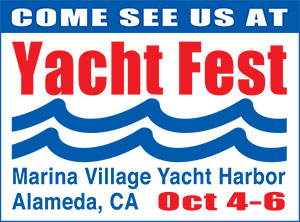
Federal Government to Ban Defecating Near California Coast
In an extraordinary escalation of political power and retribution, the Trump administration has proposed a ban on all defecating within three miles of the California Costal Zone, including “inland Bay waters.” It is not yet clear what impact this might have for sailboats with fully functioning heads or the myriad homes and business located within the zone — to say nothing of someone who just really has to go. Regardless, the proposal by the federal government is sure to be the latest in an ongoing volley of lawsuits between Washington D.C. and California.
Last week, the EPA accused California of violating clean water laws “by allowing human waste from homeless residents to enter waterways,” according to reporting by Reuters. “EPA Administrator Andrew Wheeler’s letter to Governor Gavin Newsom said the governor and the mayors of San Francisco and Los Angeles ‘do not appear to be acting with urgency’ to mitigate the public health risks from ‘untreated human waste entering nearby waters.’ Wheeler said the state was ‘failing to meet its obligation required under delegated federal programs’ and that he wanted the state to detail how it will respond.” During a September fundraising trip last week in California, President Trump “had threatened to have the federal government step in to ‘clean up’ the homeless problem there, and floated the idea of the EPA going after San Francisco for allowing drainage from homeless encampments into the Pacific Ocean,” Reuters added.
The proposed ‘no-pooping’ proposal was a result of the ongoing feud over federal statutes, a clashing of political personalities, and a difference in philosophies of governance. The California attorney general has sued the Trump administration over 60 times on “various issues.” Sources say that lawyers have been issued punch cards similar to those given out at sandwich shops. After 100 lawsuits, the next one is free, according to these same sources.
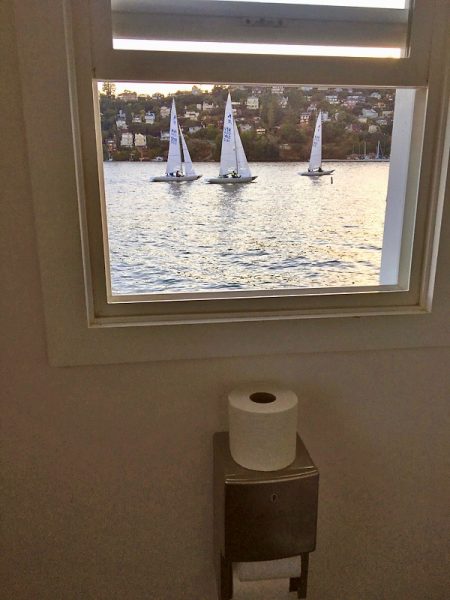
The ‘poop-inland only’ ethos, as some have dubbed the policy, also highlights ongoing questions about the homelessness crisis both here in the Bay Area and around the country, and also raises existential questions about growing population pressure on our precious Bay.
Reuters quoted San Francisco Mayor London Breed as saying, “There is no relationship between homelessness and water quality in San Francisco. I would love to have a President that wants to work with us on solutions to the challenges we face, whether that be with our infrastructure, our need for more housing, or helping people exit homelessness.” Reuters also quoted a former EPA official who said the current administration has done nothing about “illegal discharges from much larger sources across the US.”
The homelessness crisis is often blamed for problems greater than the sum of its parts — though the public health and safety issues it raises cannot be overstated. As many of us struggle with the balance between being squeezed by blight, crime, and yes, human waste in public spaces versus finding compassion for people who have fallen on hard times or made objectively bad choices. Whether we like it or not, there are hard policy choices ahead about mental-health services and carving out public spaces for low-income housing. Waterfronts around the country — and therefore sailing and recreational infrastructure — have become a de facto ground zero in the homelessness debate.
As with many public-policy discussions, the actions of one seemingly distant group greatly affects what happens to the rest of us. We hope that when it comes to this particular movement, we’ll all have a peaceful place to find relief.
Readers — While the Reuters story is completely true, as is the ongoing feud between the State of California and the federal government and the issue of homelessness, the rest of this story is entirely fabricated. Three Sheets to the Wind: Not Real News.
License to Sail
One of the Latitude staff was out in the shoreside world when they stumbled upon this little ditty:
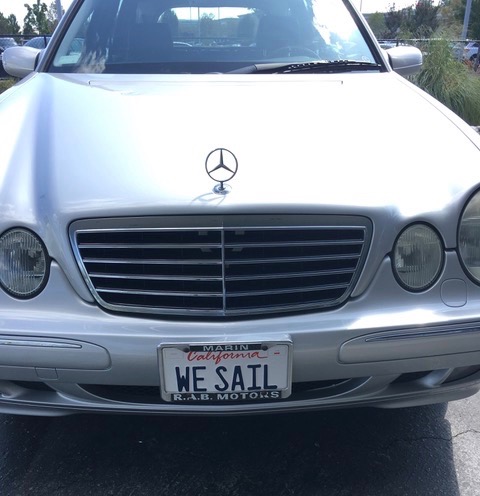
Guess what time it is, Latitude Nation? We want to see all those sailing-themed license plates out there. As usual, pictures are preferable, but words are fine, too. Please either comment below, or email us here.
Step Aboard This Hunter 42 at Yacht Fest
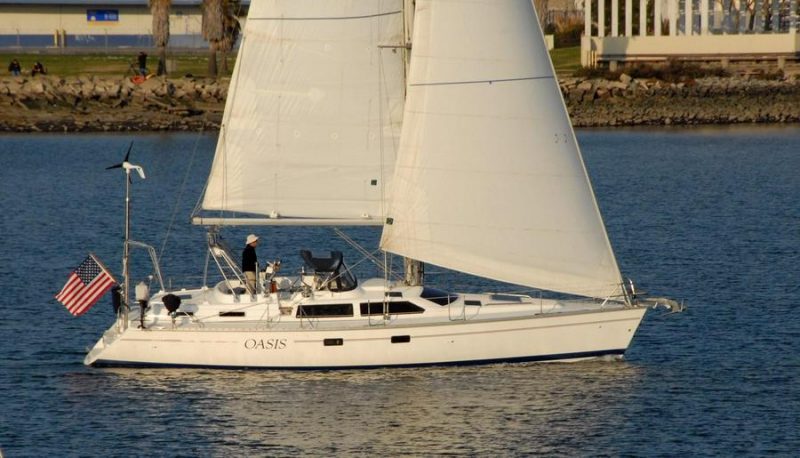
This well-maintained, spacious center cockpit Hunter 42 is worth a close look. With two cabins and two heads, it offers very comfortable family or two-couple cruising. Oasis has a full inventory of cruising gear and equipment. You’ll want to make a trip to Yacht Fest in Marina Village this weekend, October 4-6, to see her. She’ll be part of the huge Cruising Yachts display, which will also include: the Blue Jacket 40, Catalina 34, Catalina 36, Island Packet 35, Hunter 36, Ranger Tug and a Jeanneau 45.1.
After Quick Coast Guard Search, Boater Found on Land
Yesterday, the Coast Guard began and ended a search for the owner of an unmanned and adrift inflatable west of Crescent City in Northern California. “The owner has been located and reported no distress,” a Coast Guard press release said. “‘We appreciate the owner of the boat coming forward and informing the Coast Guard,’ said Lt. Cmdr. Gabriel Vigil, a Sector Humboldt Bay spokesperson.”
Believing there might be a person overboard, Coasties in Humboldt Bay immediately conducted a search after the fishing vessel Lori reported an unmanned Avon inflatable approximately seven miles off the coast of Crescent City.
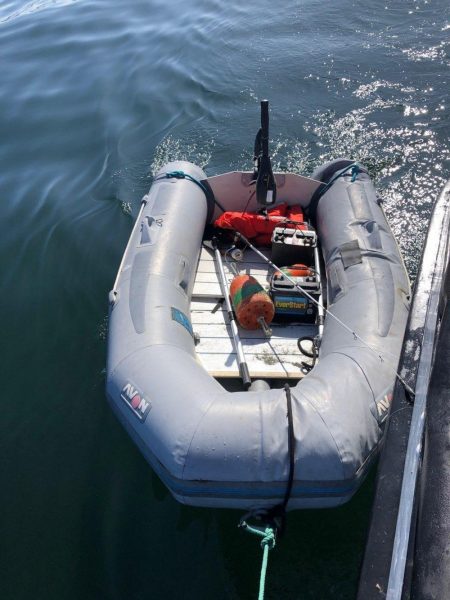
That a boat may have simply slipped its dockline, drifted out to sea, and subsequently triggered a search is another testament, in our opinion, to the Coast Guard’s “Always Ready” credo.
Hurricane Delays Singlehanded Ocean Sailors
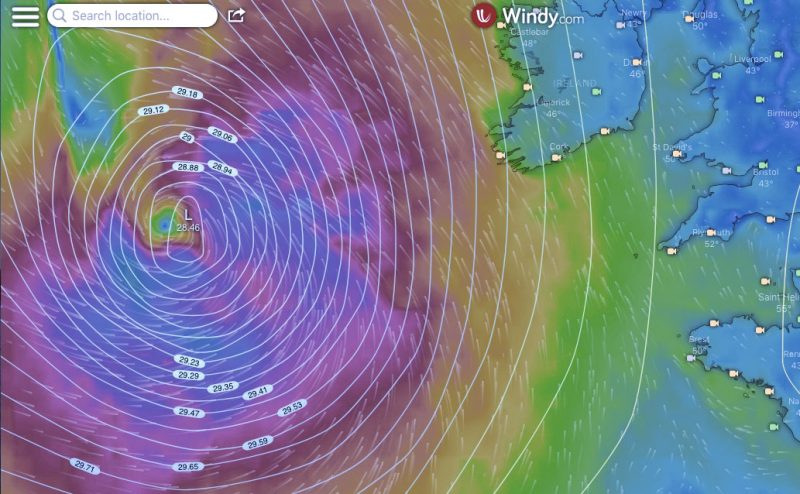
And you thought you hated postponements. After a 14-day weather delay waiting for Hurricane Lorenzo to move out of the way, 87 boats in the 2019 Mini Transat La Boulangère will officially start tomorrow, Saturday, October 5, at 10:30 a.m. (Insomniacs rejoice: that’s 1:30 a.m. PDT.) The first leg sails from La Rochelle, France, in the Bay of Biscay, to Las Palmas on Isla Gran Canaria, off the coast of northern Africa. After a stopover in Las Palmas, the race will conclude at Martinique, French West Indies. The singlehanders will sail a total of 4,050 miles on 21-ft boats, with limited communication and no outside course routing or assistance.
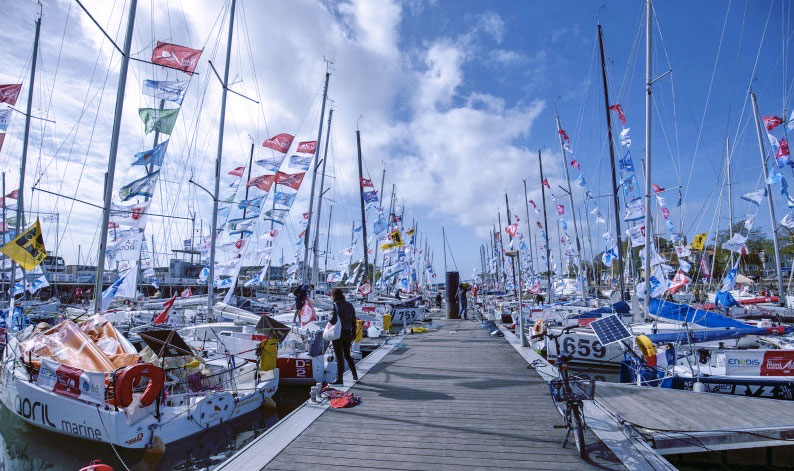
Held every two years, the Mini Transat started in England in 1977. In the beginning, the race attracted several French solo sailors. When it moved to France in 1985, the French started dominating the race. There are two classes of boats for the race. The majority are production boats, which are turnkey and cheaper to run. The other class is for the Prototypes. They’re designed to a box rule and can use canting keels, high-tech rigs and, yes, even foiling. Lately international racers have attempted to break through the French wall, but in 1979 Bay Area sailor Norton Smith won it all on a Tom Wylie design called American Express, an early Prototype boat that set the tone for others after that.
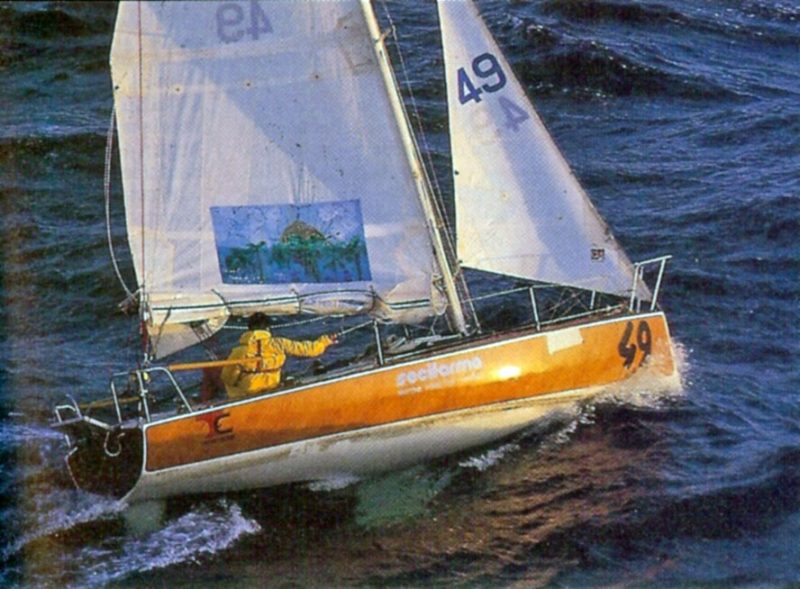
Times have changed. Now that full foiling has arrived, the cost to compete and the technology required to win have made this race unobtainable for the majority. But it has proven itself as a testbed for future professional solo sailors in the Vendée Globe and other ocean races.
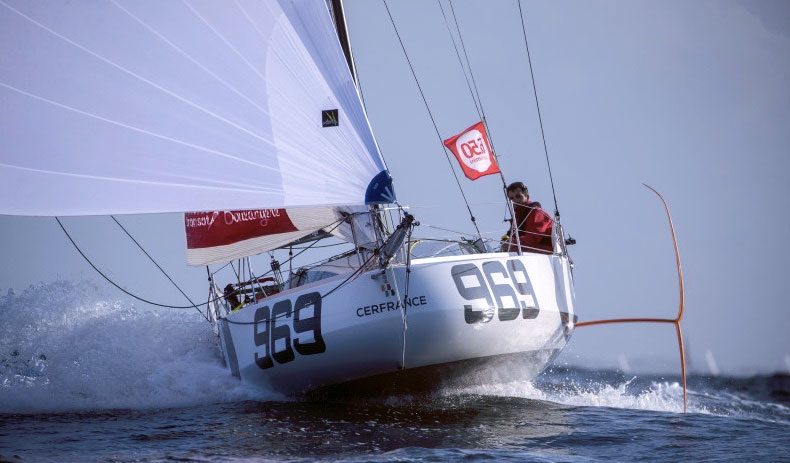
The race still attracts the dreamers. This year’s fleet includes a small group of women, a larger group of 30-somethings in the Production class, and even a 64-year-old. So there is still hope for some of us. If you can’t make it to the line this year, watch the race online and root for your favorite skipper. See www.minitransat.fr/en. The Mini Transat is also available as a Virtual Regatta.


